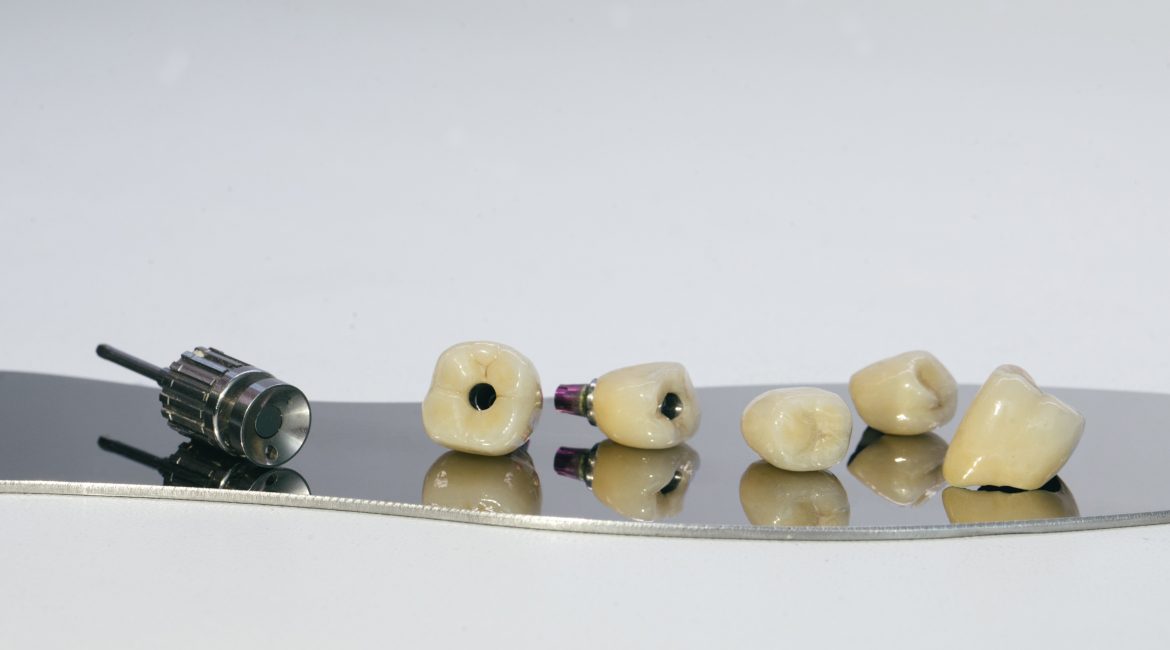Hey there, my friend! Let’s chat about something that might sound a bit regal but is actually quite common in the world of dentistry – dental crowns. Now, you might be wondering what exactly dental crowns are and why they’re important. Well, buckle up because we’re about to dive into the fascinating world of these little dental marvels.
So, what exactly is a dental crown? Think of it as a little cap or cover that your dentist places over a damaged or weakened tooth to restore its shape, size, strength, and appearance. Crowns can be made from various materials, each with its own unique benefits and considerations.
First up, we have porcelain crowns. These are a popular choice because they can be matched to the color of your natural teeth, making them virtually indistinguishable. Porcelain crowns are also stain-resistant and biocompatible, meaning they’re well-tolerated by your gums.
Next, we have ceramic crowns. Like porcelain crowns, ceramic crowns can be color-matched to blend seamlessly with your natural teeth. They’re durable and provide a natural-looking restoration that’s both strong and aesthetically pleasing.
Metal crowns are another option, typically made from gold alloy, palladium, or other metal alloys. Metal crowns are incredibly strong and durable, making them ideal for back teeth that endure a lot of chewing force. While they’re not tooth-colored, they’re highly resistant to wear and can last for many years with proper care.
If you’re looking for something that combines strength with aesthetics, you might consider porcelain-fused-to-metal crowns. These crowns have a metal base for strength and a layer of porcelain for a natural appearance. They’re a versatile option that offers both durability and cosmetic appeal.
Now, let’s talk about zirconia crowns. Zirconia is a strong and durable ceramic material that can withstand biting and chewing forces. Zirconia crowns are known for their strength and longevity, making them a popular choice for both front and back teeth.
And finally, we have resin crowns. These crowns are made from composite resin materials that can be color-matched to your natural teeth. Resin crowns are more affordable than other types of crowns but may not be as durable and may wear down over time.
Choosing the right type of crown depends on factors like the location of the tooth, your budget, and your aesthetic preferences. Your dentist will recommend the best option based on your individual needs and goals.
Now, let’s address why dental crowns are important. Beyond their cosmetic benefits, crowns play a crucial role in protecting and preserving damaged teeth. If you have a tooth that’s cracked, weakened by decay, or has a large filling, a crown can provide the necessary support and prevent further damage.
Crowns can also be used to cover dental implants or anchor dental bridges in place. They restore the function of your teeth, allowing you to chew and speak with confidence. With proper care and regular dental check-ups, crowns can last for many years, providing long-term benefits to your oral health.
Speaking of care, maintaining good oral hygiene is essential for prolonging the life of your dental crowns. Brush your teeth twice a day with fluoride toothpaste, floss daily to remove plaque and food particles from between your teeth and around your crowns, and rinse with an antimicrobial mouthwash to help reduce bacteria in your mouth.
Avoid chewing on hard foods or using your teeth as tools to prevent damage to your crowns. And don’t forget to schedule regular dental check-ups and cleanings. Your dentist can monitor the health of your crowns, check for signs of wear or damage, and recommend any necessary repairs or replacements.
So, my friend, now you’re a crown connoisseur! You know all about the different types of dental crowns and why they’re so important for maintaining a healthy, beautiful smile. Remember, if you have any questions or concerns about crowns or any other aspect of your dental health, don’t hesitate to reach out to your dentist. Here’s to a smile fit for royalty!

